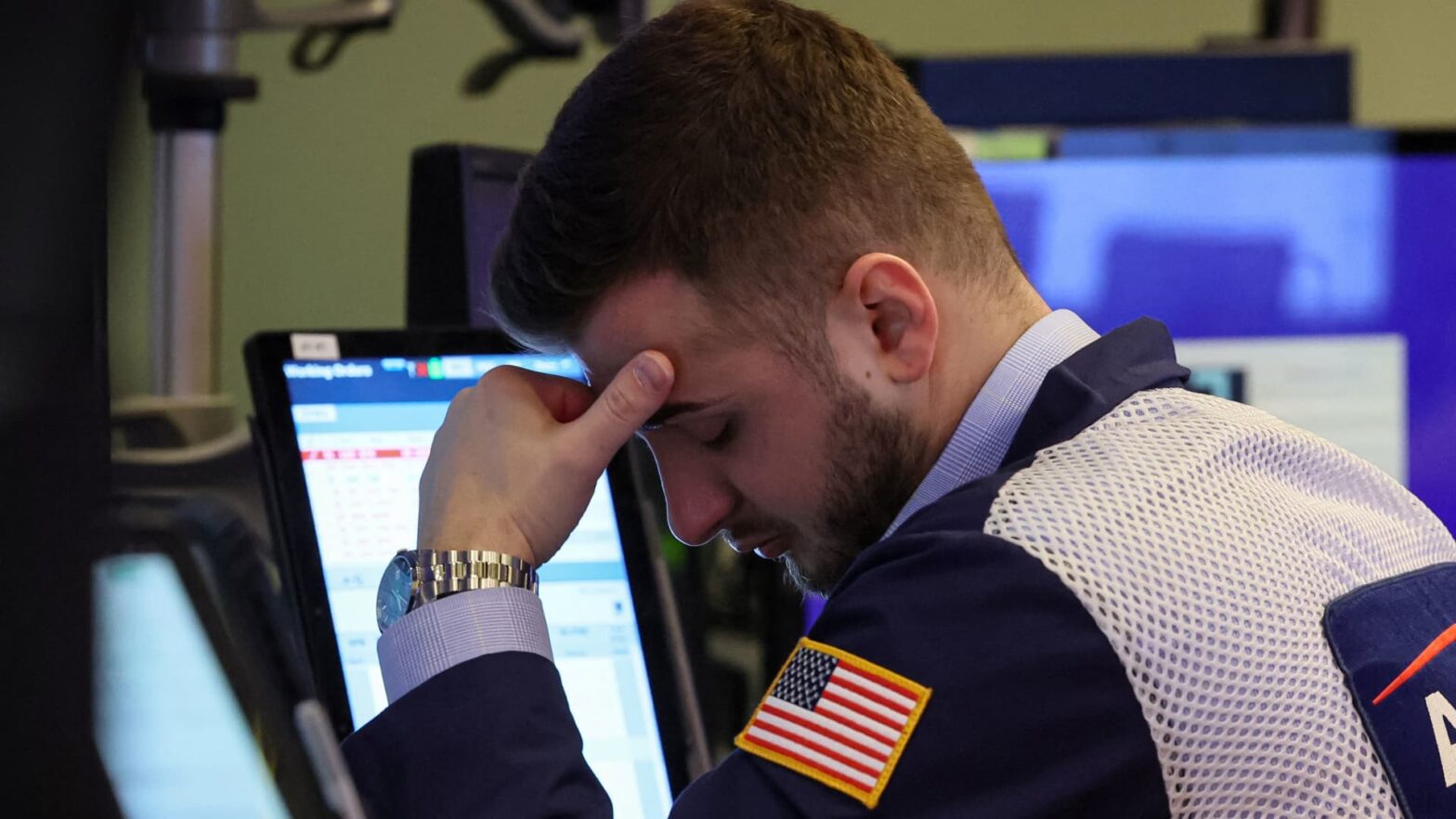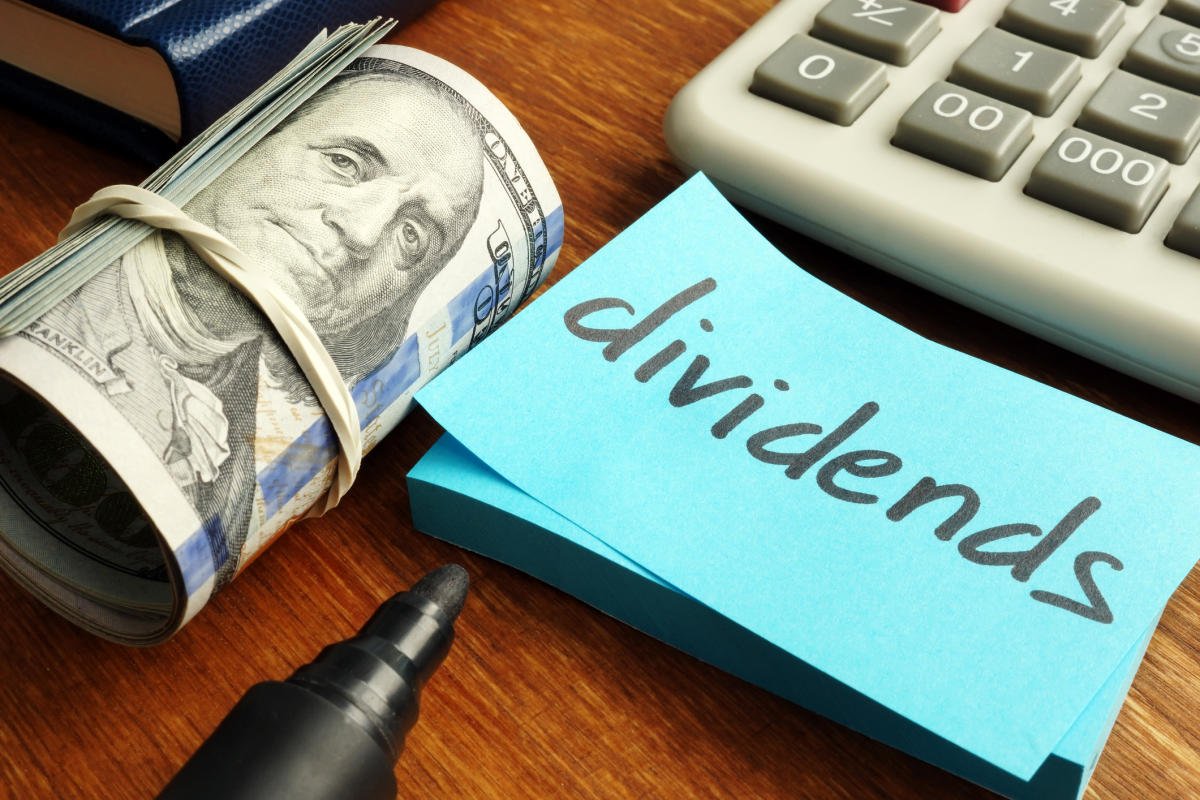Bonds could slow down the stock market after a stellar bounce over the past six weeks. The 30-year Treasury bond yield spiked back above 5% on Wednesday, while the benchmark 10-year Treasury note yield was more than 4.5%. Rates have been pushing higher lately as investors worry about the U.S. fiscal deficit. Moody’s on Friday downgraded the country’s debt, the last of the major credit rating agencies to do so. This week, Republicans are trying to pass a budget bill that could worsen the U.S. deficit. Those moves come as stocks have staged a rip-roaring rally off the post “liberation day” lows. Since hitting an intraday low on April 7, the S & P 500 is up more than 22%. However, the benchmark historically has not done well when yields are this high. Raymond James last week looked at S & P 500 average annualized returns when the 10-year Treasury yield trades above various key levels. The data shows that, since 2021, the benchmark proxy for the U.S. stock market averages just a 1% annual advance when the 10-year trades above 4.5%. With a 10-year rate above 4.6%, the benchmark loses 2.4% per year on average. Losses get much worse when the yield tops 4.7% — with the S & P 500 plunging at an annual rate of 35.5% on average. “We believe the long-term implications of an unchecked deficit are profound,” wrote John Davi, CIO of Astoria Portfolio Advisors in a note out this week. “While difficult to model in a mark-to-market daily/monthly performance framework that we live in, allocations to gold, real assets, precious metals and alternative assets appear increasingly sensible.” Gold prices climbed 0.6% while equity futures slid Wednesday. Contracts tied to the S & P 500 and Nasdaq-100 indexes lost 0.7% each, while Dow Jones Industrial Average futures shed 368 points, or 0.9%. Elsewhere Wednesday on Wall Street, HSBC downgraded UnitedHealth to reduce from hold, calling for more than 16% downside ahead. ″[The] new CEO has opportunity to start on a clean(er) slate, but we see risk to earnings growth along with policy overhang,” analyst Sidharth Sahoo wrote on Wednesday. UNH shares were down more than 6% following the rating change.
Stock returns start to evaporate when yields rise to where they are now
May 21, 2025















